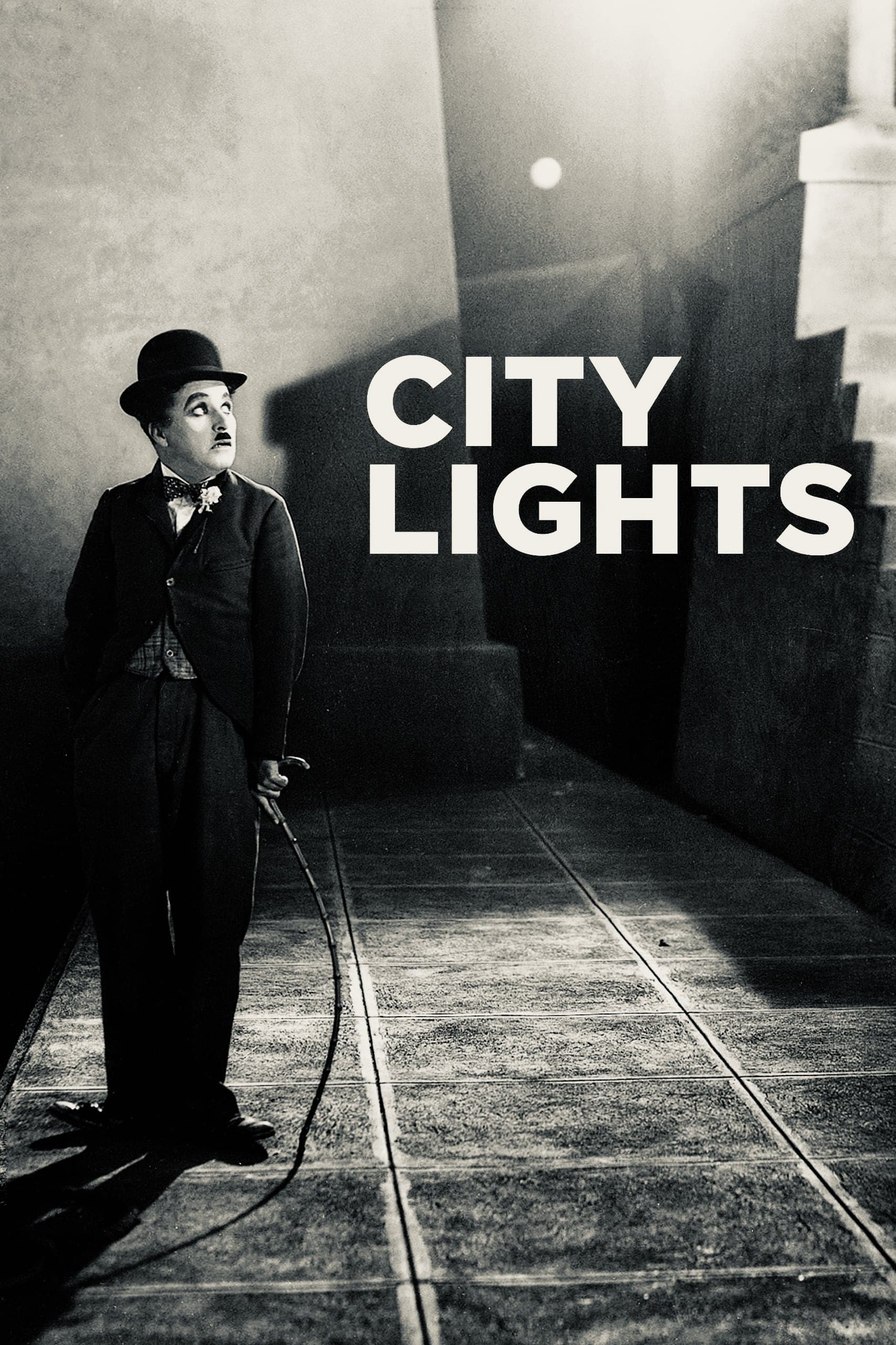
City Lights
1931
Rate this movie
Average: 0.00 / 5
(0 votes)
Director
A work of delicate purity in which the disenchanted gaze of a great artist rests upon the contradictions of an alienating Metropolis, on class differences, on the tremendous gap between wealth and poverty. This metropolis, more than a mere backdrop, is a character in itself: an indifferent and shimmering moloch, similar in its alienation to Expressionist visions of infernal cities, but here filtered through the lens of a sorrowful and marginalized humanity. Chaplin pursues his aesthetic ideal of purity through the figure of his tramp and consistently chooses to keep his film silent despite sound gaining prominence precisely in those years: a choice perfectly aligned with a minimalist poetics in which the elegy and beauty of the world ascend from the most humble things, stripped of every unnecessary embellishment.
Chaplin's decision to defy the technological progress of sound, imposed with clamor by the advent of the "talkie," was not merely an act of artistic obstinacy, but a programmatic declaration. While studios like Warner Bros. and MGM hastened to convert their sets and productions to the new medium, fearing obsolescence, Chaplin understood that his art, founded on pantomime and the universal expression of the body, would lose its essence if it succumbed to dialogue. City Lights, released in 1931, arrived four years after The Jazz Singer, but demonstrated to the world that silent cinema, in the hands of a genius, was far from dead. Indeed, Chaplin ingeniously used sound diegetically, not for spoken dialogue but for sound gags (such as the gurgling of the trumpet emerging from Charlot's throat during a concert or the taxi's whistle), thereby emphasizing the ridiculousness or pathos of situations without ever betraying his visual language. It was a triumph of courage and foresight, a testament to the idea that true communication lies not in noise, but in feeling.
A film that transcends the boundaries of comedy to become a universal poem on love, solidarity, and hope. Charlie Chaplin, with his unique sensitivity and comedic genius, bestows upon us a film of extraordinary beauty and depth, where laughter mingles with emotion, and poetry emerges from the simplest and most everyday situations. It is the culmination of his silent art, often considered his most successful masterpiece, capable of touching the most intimate chords of the human soul with a grace few filmmakers have ever equaled.
Charlot grapples between his love for a blind flower girl and his chronic lack of means. This love is a beacon of purity in a cynical world, a selfless feeling that propels him to an almost sacred heroism. Charlot falls in love with the girl and does everything to help her, even at the cost of getting into trouble, a path strewn with sacrifices and humiliations that define his moral stature. His generosity and altruism lead him to intertwine a series of relationships with different characters, such as an eccentric millionaire who mistakes him for a friend when drunk and ignores him when sober, and a boxer who exploits him for his own ends. The relationship with the millionaire is a brilliant narrative device that highlights social hypocrisy and the fickleness of human relationships based on profit or opportunity: the magnanimous drunk who sees a lost brother in Charlot transforms, when sober, into a detached and contemptuous bourgeois, blind to the humanity of the little tramp. The celebrated boxing match sequence, one of the most hilarious and touching in the entire history of cinema, is not only a demonstration of Chaplin's comedic genius, capable of choreographing a dance between bodies that verges on the absurd, but also the ultimate symbol of his sacrifice. Every punch absorbed, every clumsy attempt to dodge, is a step towards the healing of the one he loves, a sort of circus Via Crucis for the noble cause.
Chaplin, with his inimitable mime and his ability to blend comedy and pathos, creates a series of hilarious and touching situations, culminating in the finale, where the flower girl, whose sight has finally been restored, recognizes Charlot for the first time. This recognition is not only visual, but profound and spiritual.
Chaplin criticizes the indifference and hypocrisy of bourgeois society, which often ignores the sufferings of the weakest, showing how marginalized people, like Charlot and the blind flower girl, are often invisible to society's eyes. Their condition of poverty and disability excludes them from the privileges and opportunities of the more fortunate. In an America still grappling with the tremors of the Great Depression, although the film was conceived before the 1929 crash, the themes of destitution and the struggle for survival resonated with cruel timeliness. The director questions the very concept of social justice, showing how the law can be applied discriminatorily and unfairly. Charlot, for instance, is unjustly arrested and sentenced to prison, while the millionaire, despite committing reprehensible actions, remains unpunished. This disparity in treatment, a recurring theme in Chaplin's work, is never presented with didactic rhetoric, but with the subtle bitterness of one who observes the world's distortions without losing hope.
The film offers a subtle yet incisive social critique, inviting reflection on society's contradictions and injustices. But it is also, and above all, an exploration of "vision" in a broader sense. The flower girl's blindness is a narrative pretext to explore the multiple forms of human blindness: social, moral, emotional. The girl, deprived of sight, "sees" in Charlot his goodness, his thoughtfulness, his essence, long before she can do so with her eyes. It is a powerful metaphor for true perception, one that transcends outward appearance and recognizes people's hearts. Chaplin, with his sensitivity and comedic genius, reminds us that true happiness resides not in wealth or power, but in love, solidarity, and the ability to see beauty even in the simplest things. The ending, bitter and poignant at the same time, with that unforgettable close-up of their intersecting gazes, remains in the viewer's heart like a precious weight whose gravity and beauty must be borne, a raw and fragile beauty that reminds us of the ineffable power of a simple touch, a shy smile, a love capable of transcending every barrier. It is the most touching demonstration of how an act of generosity can elevate the soul, and how, sometimes, to truly see, it is first necessary to have been blind.
Country
Gallery
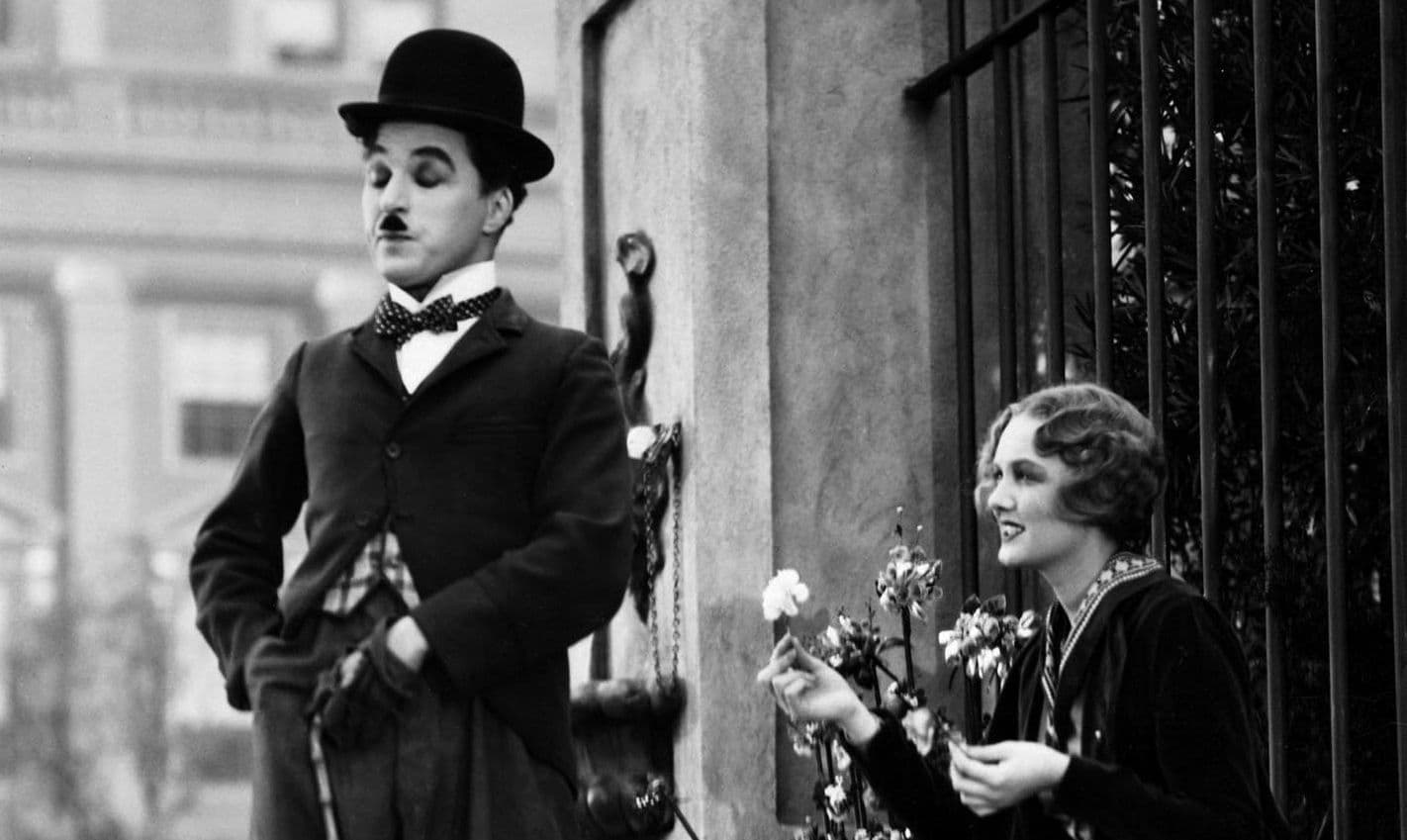
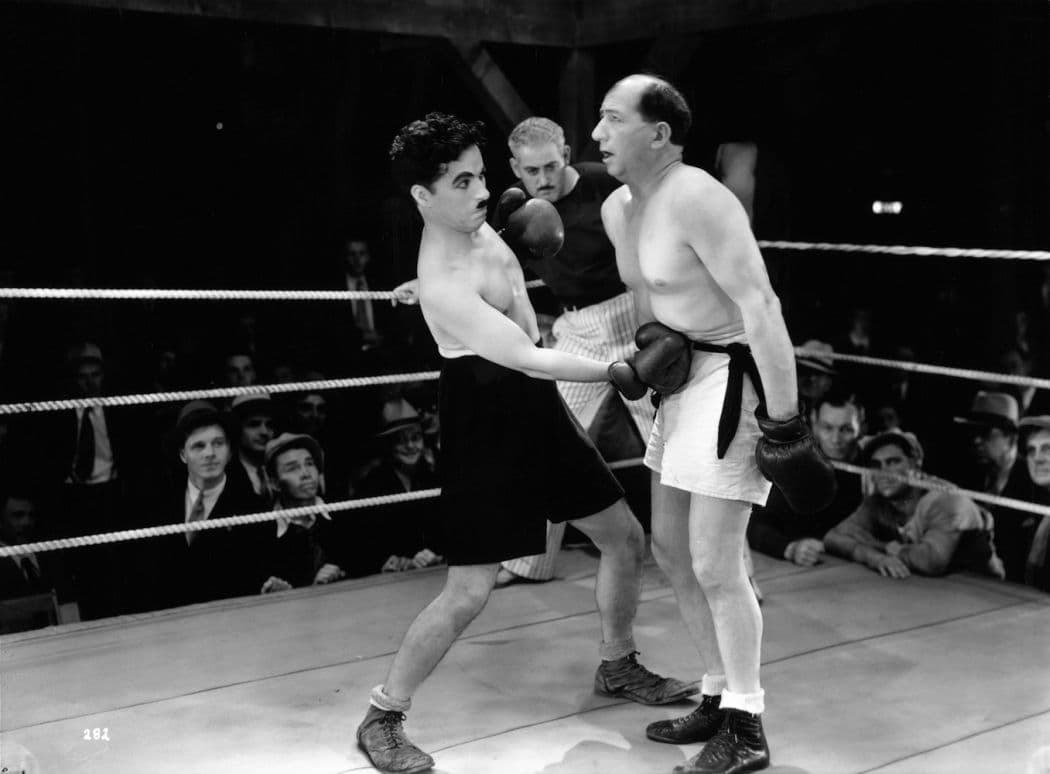

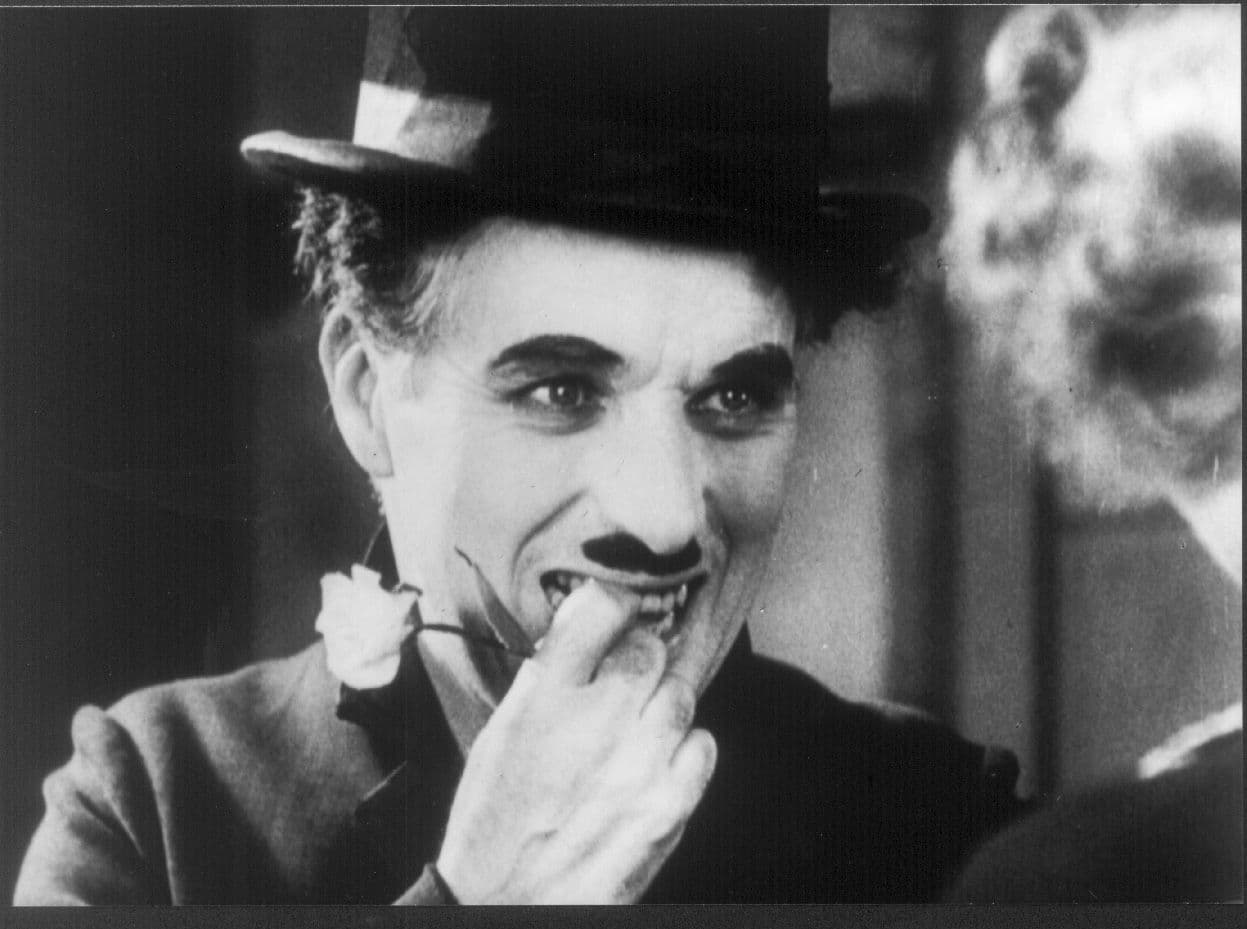
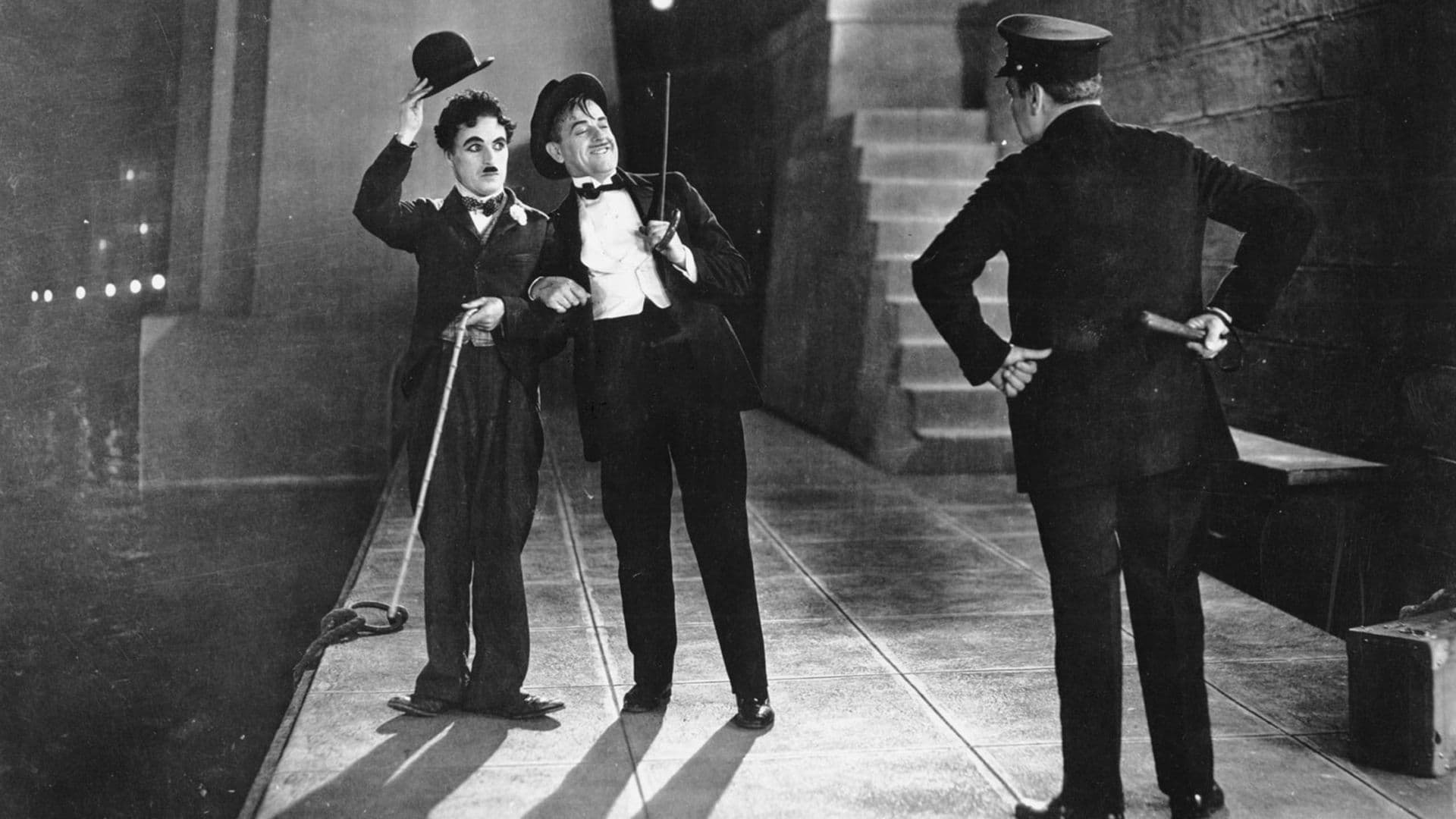
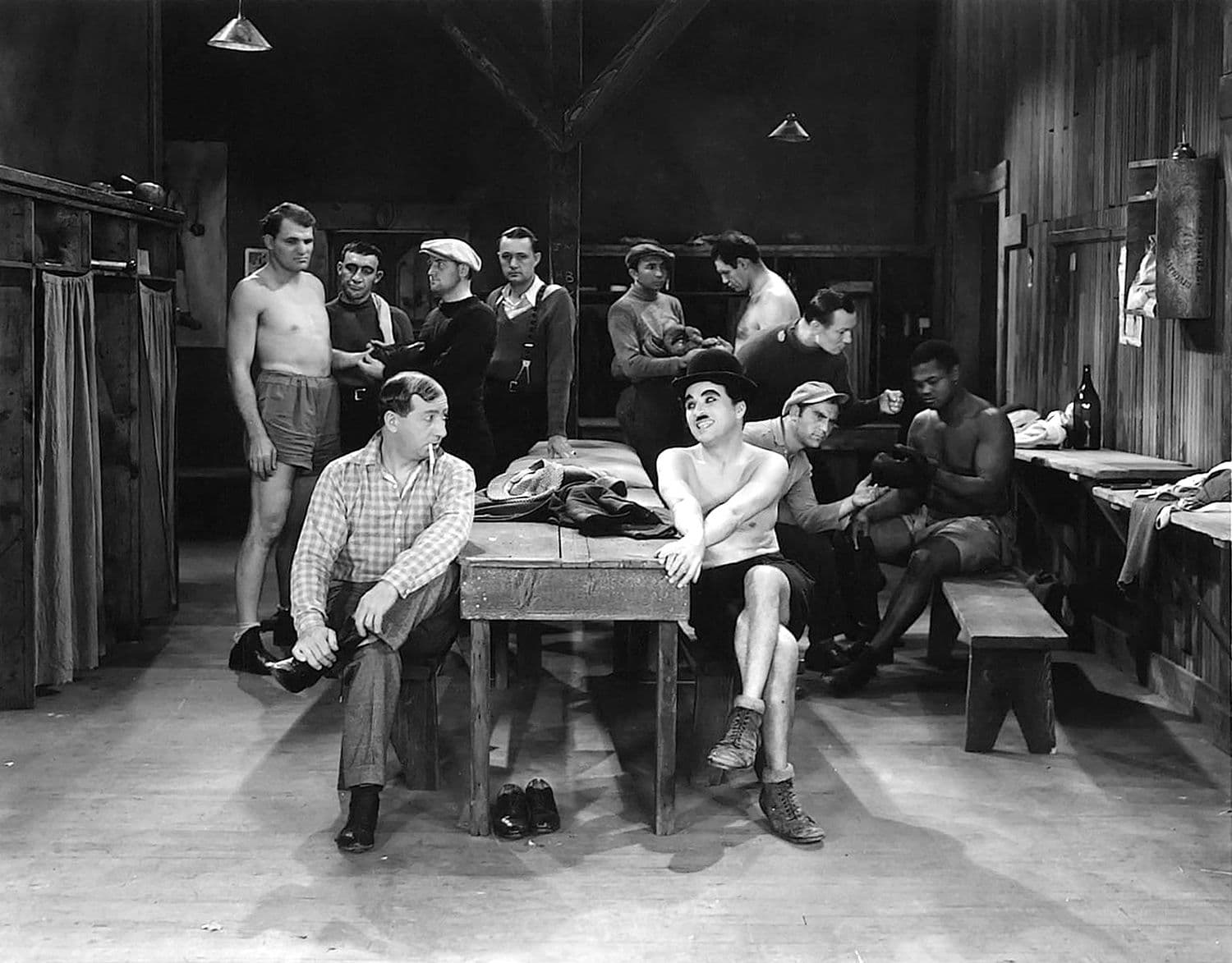
Comments
Loading comments...